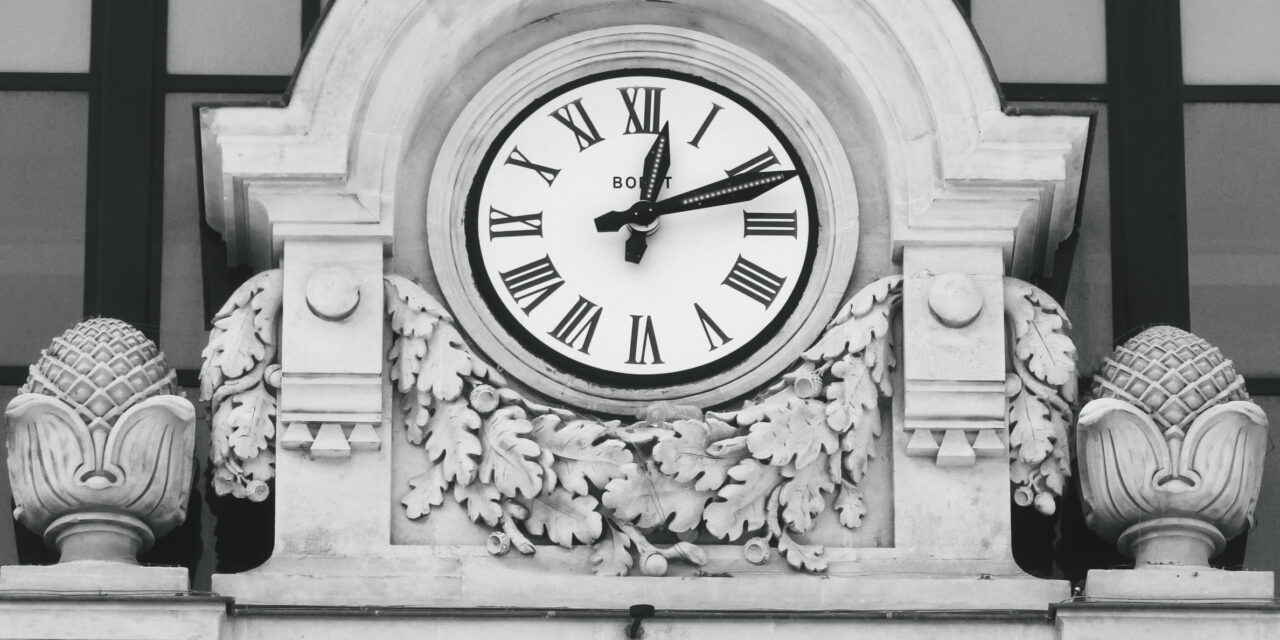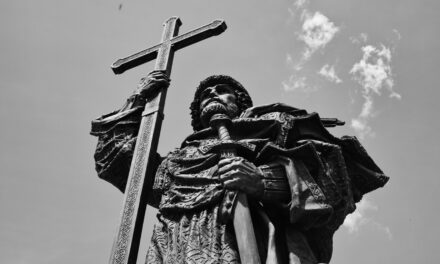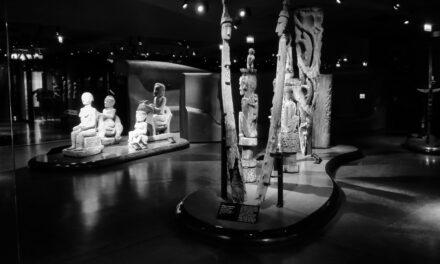Nizza
Nice, for me, is actually “To Catch a Thief”. To be honest, I hardly remember the movie and its content – only one scene from it has stuck in my memory. The scene that is equivalent to Nice for me. There is nothing beyond it, perceiving the sequence of letters N-I-Z-Z-A and comprehending it as a concept, immediately this picture comes to mind: Cary Grant elegantly running on top of the roof of the legendary Hotel Negresco. Well, to be honest, I do remember two or three other scenes from the movie, but this key scene and a few images of a crowded Mediterranean beach have had a decisive influence on my image of this southern French town.
I remember the palm trees on the Promenade des Anglais, the white of the buildings gleaming in the Mediterranean sun… actually, I don’t remember the details so much as a general feeling, an atmosphere, an ambiance.
As almost always, it took no more – but also no less – to motivate me to go on a trip.
I first came to Nice around 2001. What else drew me personally to the south of the French Republic at the time? A general affection for French intellectual culture, certainly, and the fact that a person I held in high esteem and who was something of a friend had been at the Côte d’Azur a few years earlier, in that famous hotel on the Cap-Ferrat, the Grand-Hôtel du Cap-Ferrat, and then in the Camargue.
Of course, there was no question that we would stay in this hotel, which was just as unaffordable for us as the Negresco. We also didn’t make it to the Camargue, either, due to time constraints.
Instead, we had booked ourselves into a two-star hotel in Nice for seven nights in a side street near the train station; there was an elevator that was barely big enough to carry me alone.

On the second day, the cleaning staff tried to steal the shampoo and shower gel we had brought with us. It was probably the most valuable thing in our room. However, we discovered this miserable theft attempt in time, so that the ladies fished our belongings out of a bucket of dishwater in which they had been hidden in a makeshift manner.
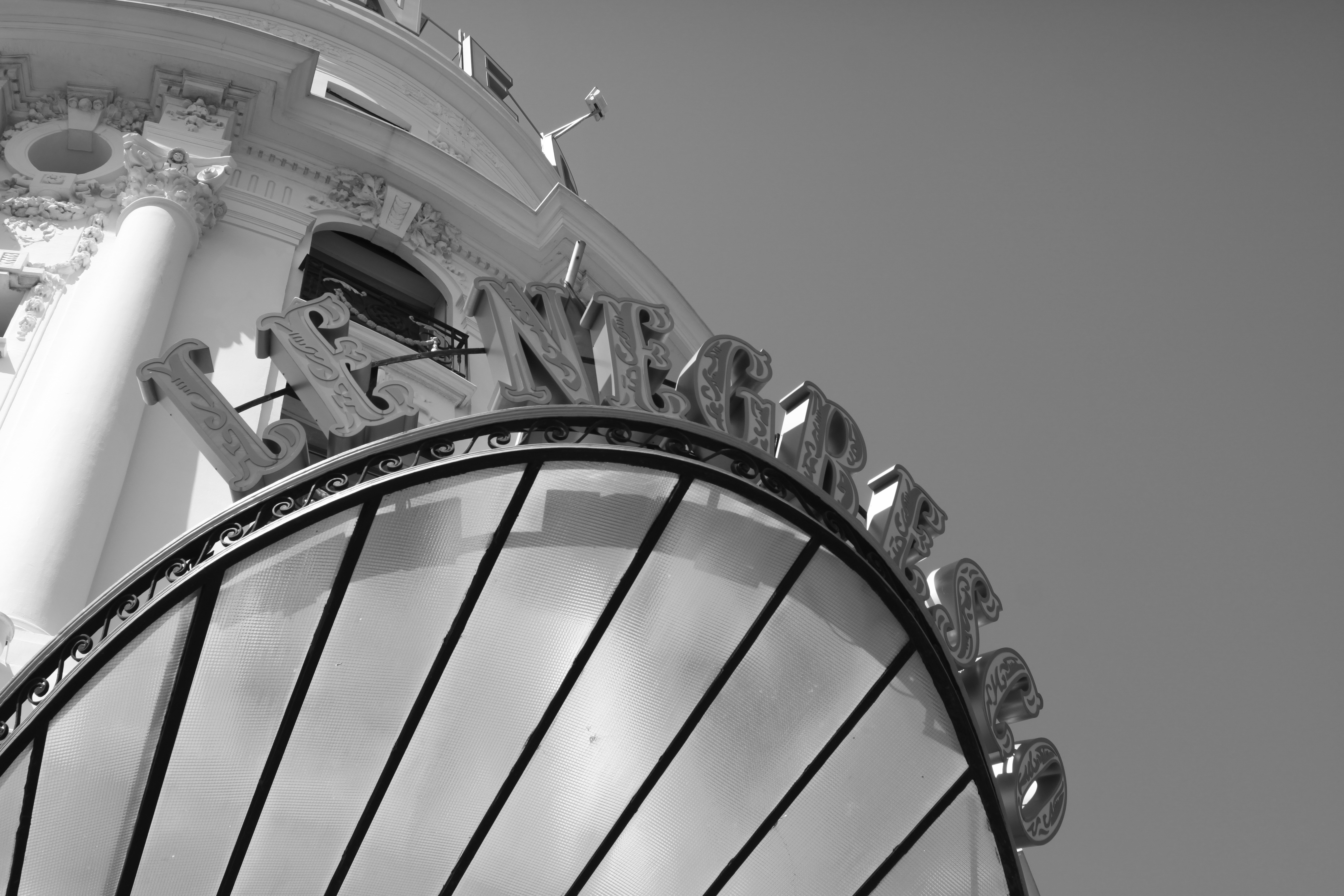
That was pretty much our first impression of the entire city. The Promenade des Anglais, the palm trees, the Hotel Negresco… stunningly beautiful! However, the aesthetic pleasure of strolling along the promenade was severely spoiled by the opulent and omnipresent legacies of four-legged residents, as the focus of at least one eye had to remain on the obstacle course in front of our feet to prevent any unpleasant surprises.
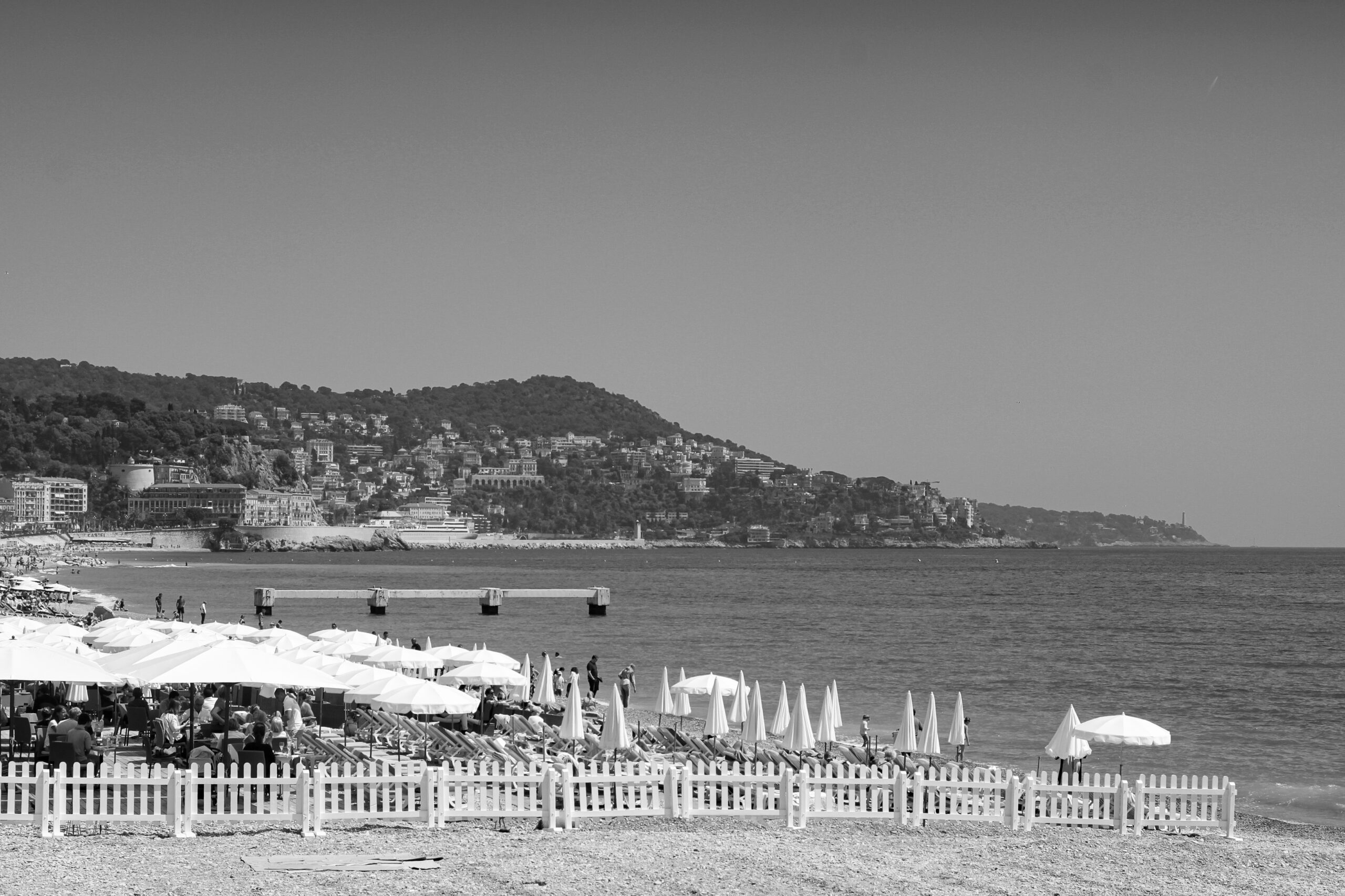
But even beyond this sporting challenge, it would have been a euphemism to speak of Nice’s “morbid charm”. There was literally nothing left of the splendor that the city must have once had – at least in its core – other than the façades, and even those were generally unkempt and dirty.
I was particularly saddened by the town’s old train station. The train to Digne-les-Bains (the “Train des Pignes“, popular with tourists) once departed from the Gare du Sud for the Provence. God only knows why someone decided to run this anachronistic but characterful steam train from a new station instead, that really lacks any style or charm. The Gare de Nice CP is one of those dubious masterpieces of architecture from the early 1990s that will probably be a testimony to later generations to the loss of all aesthetic judgment, provided that judgment ever regenerates sufficiently to enable such a realization.
In any case, all that was left of the elegant, neoclassical building of the Gare du Sud from the 1890s was a pile of smeared ruins. A vale of tears. And somehow that also applied to the city as a whole. But: Yes – with a great deal of willpower, it was possible, in brief, happy moments, to let the magic of the imagined past gain the upper hand over the run-down present…

All in all, I found my first visit to Nice rather disappointing. Although a good gateway to exploring the Côte d’Azur and Provence, I remembered Nice itself as a shithole whose best days were long gone. The city reminded me of a rich old woman whose overly red lipstick ran ugly into the folds of her upper lip. I had no great ambitions to give Nice a second chance.
The fact that it happened at all was at least half a coincidence. In 2018, my mother wanted to spend her birthday in the south of France, and I flew to Nice for a week to celebrate with my parents.
How the city had changed…! A streetcar had been built, most of the streets in the city center had been newly paved – or so it seemed; it was generally quieter, and above all cleaner.
The houses were also in much better condition now, right up to the station district, and the slalom and hurdle jumps on the Promenade des Anglais were also much less necessary – somehow they must have managed to put a stop to the excessive defecation.
Now, it probably has to be admitted that the positive developments are very likely directly linked to two less desirable trends of our time: the gentrification of the inner city and policies inspired by climate mania.
Nevertheless, I have always thought that streetcars and trams are a wonderful idea. And it has to be said that in 2018, at least, the city had really undergone a positive transformation as a result of the changes. Unlike Paris, for example, where the ongoing gentrification had brushed all charm from the city and replaced it with the unbearable forms of modern, urban bourgeoisie. And in the meantime, the former Gare du Sud had even been restored and transformed into a cultural center.
Not that it might not have been more desirable – for aesthetic and romantic reasons – for the Train des Pignes to depart from there again; but at least the building was saved. So let’s not complain, it could have been worse.

Anyway, because apparently, I am determined to end on a negative note after all (don’t ask me why), let’s talk about the many concrete blocks on the Promenade des Anglais, which I had noticed but simply ignored. Those are also a reflection of the society we live in. It was, however, only when we passed a large, guarded monument on our walk that it dawned on me. Of course, I couldn’t make any sense of the memorial either until I read the signs: It was a memorial for the victims of the 2016 terrorist attack, when an assassin drove a truck into a crowd of people and killed 86 people. So the concrete blocks must have been erected to protect the promenade, just as all Christmas markets in Germany – after comparable, albeit less devastating attacks – are now enclosed like high-security wards.
So we conclude: Each period, with its own dangers that are perceived as particularly prominent, also leaves its own peculiar mark on a place. But this time, we weren’t so unlucky with our accommodation. Of course, we didn’t manage to get a room at the Hotel Negresco this time either – I hope to return there someday soon to achieve this goal … and hopefully before things take a negative turn again.



